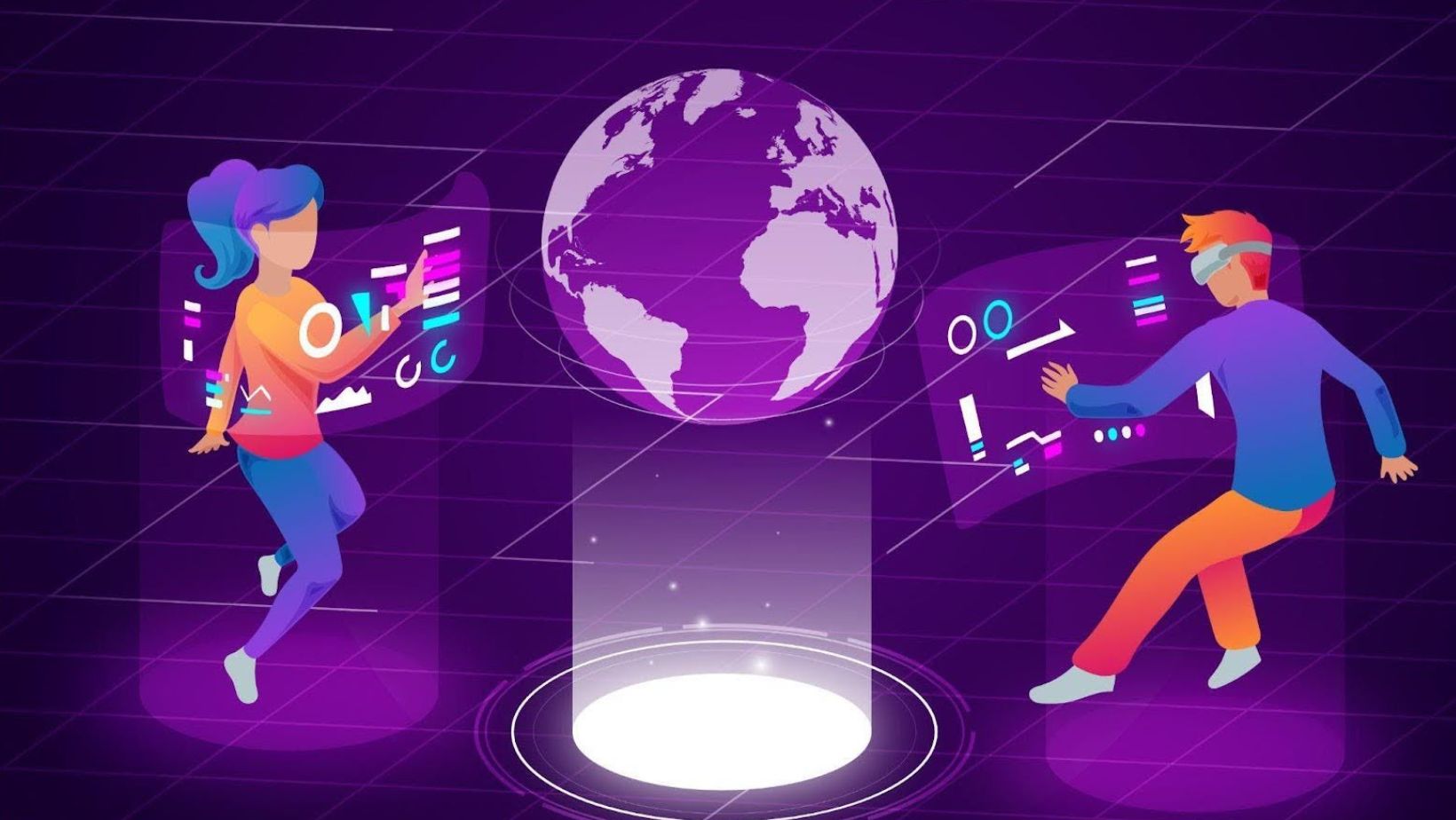As the Android casino gaming market continues to grow, developers are facing a new challenge: how to keep apps financially sustainable without relying only on ads or standard in-app purchases (IAPs). In 2025, hybrid monetization models are offering a broader approach, one that incorporates fintech, artificial intelligence, and user analytics to design more flexible revenue strategies. Developers are not just focusing on increasing revenue but rethinking how value flows inside the app itself.
Table of Contents
ToggleWhy Ads and In-App Purchases Are No Longer Enough
Ads and IAPs have long been standard tools for monetizing mobile games, especially in the casino app category. But both methods come with trade-offs. Interstitial ads can interrupt the playing experience, while IAPs often attract a small segment of users, commonly referred to as “whales”, while most players don’t make purchases at all. Over time, these models have shown signs of saturation. Players are now looking for less interruptions, and regulations around mobile advertising and digital spending have made implementation more complicated. Combined with higher user acquisition costs and growing pressure to improve retention, developers are searching for monetization strategies that can offer more consistent results without undermining user satisfaction. In response, some developers are exploring new revenue opportunities beyond ads and IAPs. One approach involves partnering with a new online casino platform in Canada that also serves as a content aggregator—a service bundling games from multiple studios into a single integration point. By expanding the variety of games and offering exclusive content, such platforms make it easier to introduce subscription tiers, premium game passes, and partner-driven promotions—key elements of a hybrid monetization strategy.Expanding Monetization Through Aggregated Content
When considering how to choose a game content aggregator, developers look closely at factors like the breadth of available games, ease of integration, and support for flexible monetization features. The right aggregator can provide tools that open additional revenue streams tied to featured content and partner-driven incentives, supporting a more diverse monetization strategy. Hybrid models aim to solve monetization challenges by combining multiple revenue approaches in a way that is more adaptive and aligned with user behavior.Growth in Player-Powered Payouts
In 2025, financial technology is playing a larger part in determining how players engage with in-app systems. Several platforms are now using micro-rewards based on open banking APIs, which let users interact with tools inside the app that are connected to their real-world financial behavior. Some apps, for example, are experimenting with secure point exchange systems. Players can earn credits through consistent play, reaching certain milestones, or participating in social tasks. These credits are then redeemable for non-cash rewards such as merchandise or store discounts. This structure provides alternative ways to interact with the app economy, without requiring purchases or promising monetary gain. By giving users more options in how they participate, these tools help support longer engagement without increasing friction in the experience.How AI Personalization Is Changing Monetization Paths
Artificial intelligence is being used to shape monetization strategies on a user-by-user basis. Casino apps are applying machine learning to assess player habits and offer monetization choices that match those patterns. For example, someone who regularly skips video ads might receive a custom offer to remove ads for a reduced fee, while another user more active in social features might be shown a time-limited bonus tied to inviting friends. AI systems review indicators such as play frequency, feature use, and in-app behaviors to help determine what kinds of offers are likely to receive attention.Indie Studios Redefining Revenue Strategies
Although larger studios have the tools and teams to experiment at scale, many smaller independent developers are taking the lead in trying new monetization strategies. Their size often gives them more freedom to test new approaches without waiting for long approval cycles. For example, some indie developers are building in time-based reward systems, letting users earn in-app credits by playing during quieter hours or taking part in community events. Others give players the choice to decide how they want the app to be monetized- whether through ads, purchases, or a balance of the two. Because monetization is built into the design of the game from the beginning, and not added as an afterthought, these models often result in smoother player experiences and more sustained interest.How Analytics Steer Monetization Choices
As player behavior becomes more trackable in real time, analytics tools are helping developers fine-tune monetization strategies with greater precision:- Real-time analytics give developers insight into how players interact with the app, helping inform decisions about monetization placement and timing.
- Key metrics tracked include session length, retention patterns, and feature usage frequency—all of which influence ad positioning, pricing strategies, and special offers.
- A/B testing tools allow developers to test different monetization approaches across smaller user groups before scaling them more broadly.
- Churn prediction models identify users at risk of dropping off, enabling timely interventions like special events, bonus content, or targeted offers.
- Integrated analytics help developers treat monetization as an evolving part of the overall user experience rather than a static, one-size-fits-all system.




